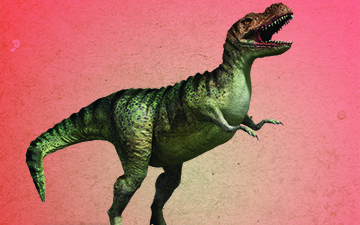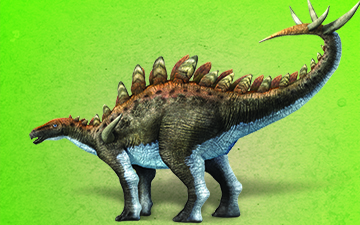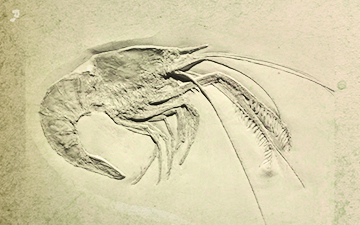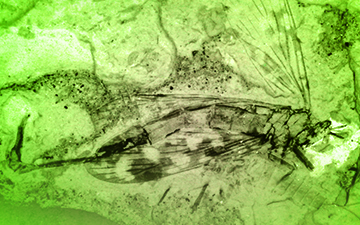Dinosaurs Unearthed Jurassic Deck
2017 – (See Cards/Deck Info | Download cards and rules | Purchase)…
This deck uses images and information from media provided by Dinosaurs Unearthed, a company which creates life like animatronic dinosaurs for museum and science learning facilities. The game consists of a 54 card deck with 29 different cards from the Jurassic Period, includes “extinct” organisms, and utilizes a simplified version of the game to compensate for unavailable facts.

Metriacanthosaurus
Metriacanthosaurus


7 POINTS
Play: Metriacanthosaurus had a MOVE of 2.
Fact: Not much is known about this dinosaur, and it has been renamed 3 times since its discovery in 1923.

Huayangosaurus
Huayangosaurus


4 POINTS
Play: Huayangosaurus had a MOVE of 2.
Fact: This dinosaur had teeth in the front of its mouth and was also one of the smallest of the stegosaurus. It fed on ferns, cycads, and conifers.

Yangchuanosaurus
Yangchuanosaurus


6 POINTS
Play: Yangchuanosaurus had a MOVE of 2.
Fact: This dinosaur possessed a tail that made up half of its total length.

Monolophosaurus
Monolophosaurus


6 POINTS
Play: Nonolophosaurus
Play: The singe crest was hollow with canals that led to a nasal passage. This indicated that it had the ability to produce sound through the crest and to sing or call to a potential mate.

Shrimp
Aeger elegans


1 POINTS
Play: Aeger elegant had a MOVE of 1.
Fact: This is a species of shrimp that was found in the Solnhofen limestone of Germany.

Scorpionfly
Miriholcorpa forcipata


2 POINTS
Play: Scorpionfly had a FLIGHT of 2.
Fact: The Scorpionfly had a general bulb that was enlarged with pincer-like structures, and thought to be used in intrasexual competition with males, and/or a sexual display to attract females.